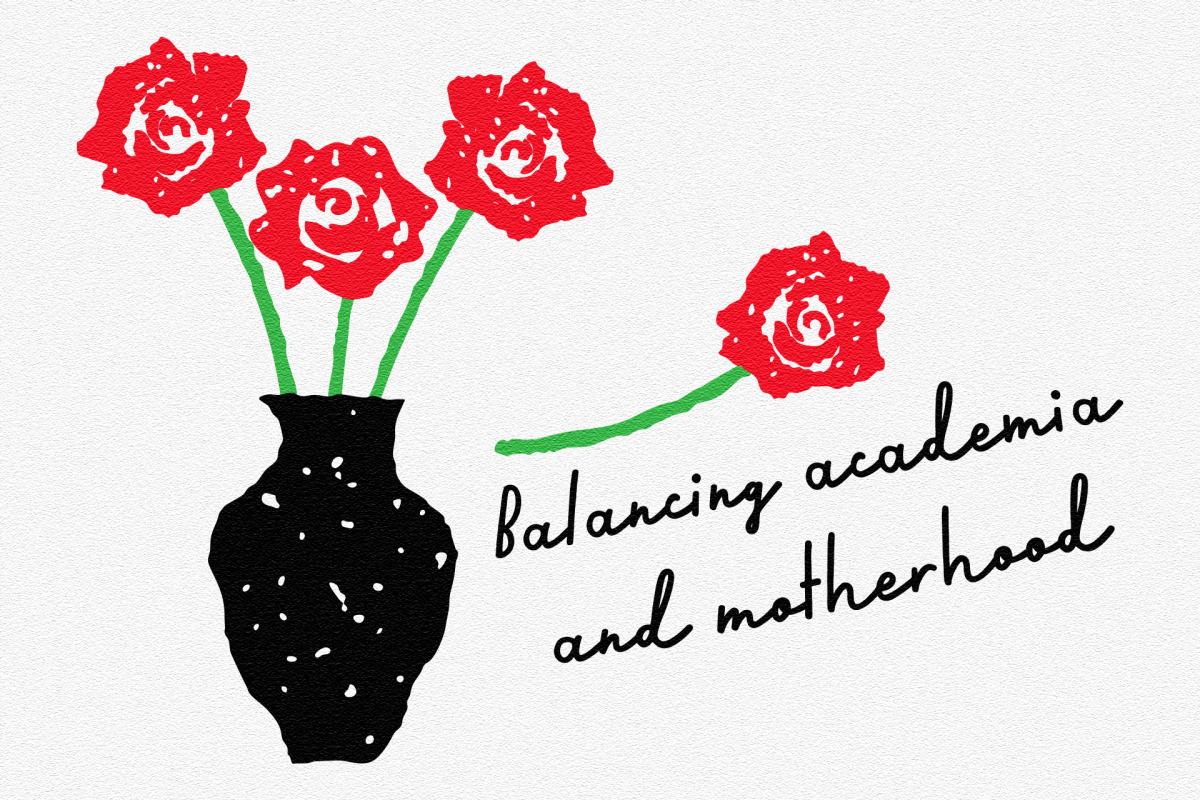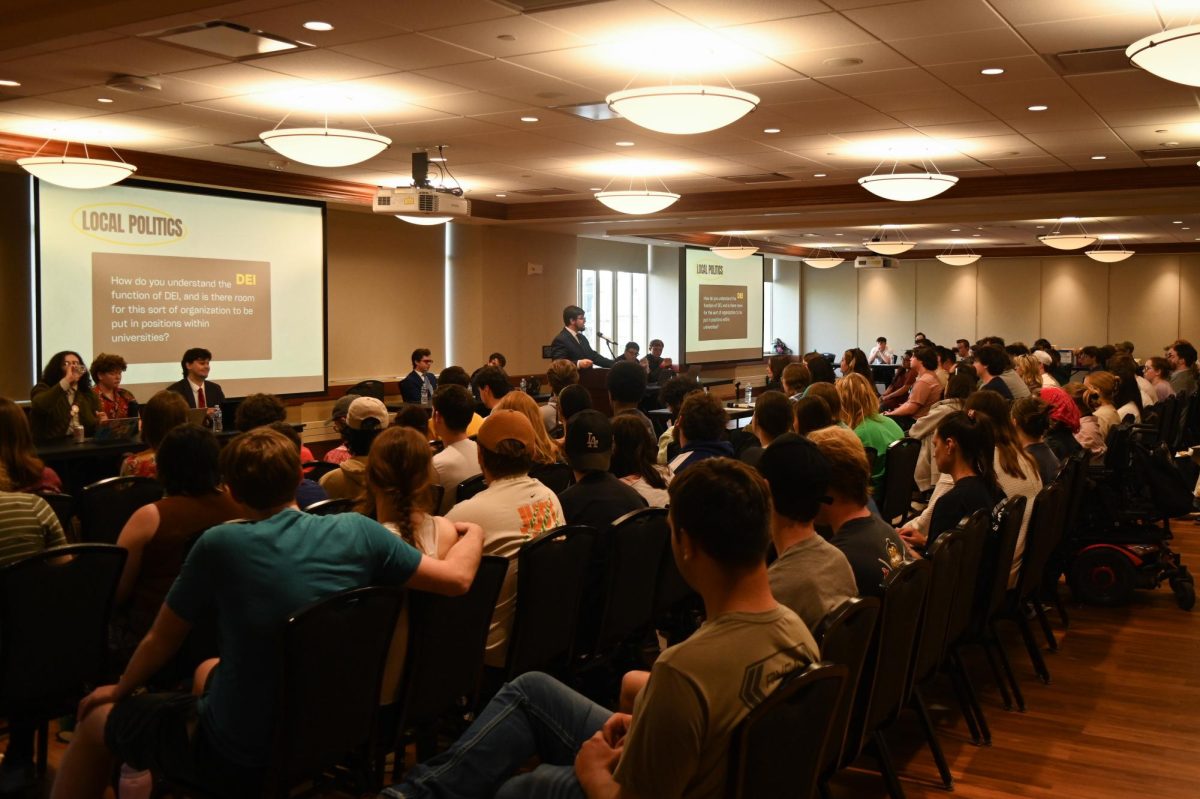Students’ fears of loans and their ability to pay them back are reflected in data from the United States Department of Education that show an increase in student loan default rates.
Data from the Department of Education released Sept. 12 show that the rate at which students have defaulted on their college loans has risen 8.8 percent. A loan default is failure to repay a loan back after agreeing to do so based on the terms in a contract. The lender of the loan can therefore take legal action in order to get the money back.
“It is certainly possible to default on student loans,” Missouri Department of Higher Education spokeswoman Kathryn Love said in an email. “The consequences can be severe, such as wage garnishment, poor credit rating, inability to borrow for a home mortgage, etc.”
The student loan default rate increased from 6 percent to 7.2 percent for public schools, from 4 percent to 4.6 percent for private schools and from 11.6 percent to 15 percent for for-profit schools, according to a news release from the Department of Education.
“These hard economic times have made it even more difficult for student borrowers to repay their loans, and that’s why implementing education reforms and protecting the maximum Pell grant is more important than ever,” U.S. Secretary of Education Arne Duncan said in a Department of Education news release.
According to the Department of Education, schools that have excessive default rates can lose eligibility in federal student aid programs.
The rate for defaulted loans has risen significantly over the past couple of years throughout the country. More specifically, the default rates for college students in Missouri have also gone up in the past year, Love said.
“The student loan default rate went up statewide (from 5.8 percent to 7 percent), but it went down for loans guaranteed by the Missouri Department of Higher education (from 6.6 percent to 6.3 percent),” Love said. “The MDHE guarantees about 40 percent of the student loans in the state.”
Love said when students with loans are having problems with paying back their loans, it is best for them to let the holder of their loan know.
“The best way for borrowers to avoid default is to let the holder of their loan know if they are having problems making decisions,” Love said. “Federal student loans have a lot of options to help people keep their loans current including deferments, forbearances and flexible payment arrangements, such as income-based repayment.”





